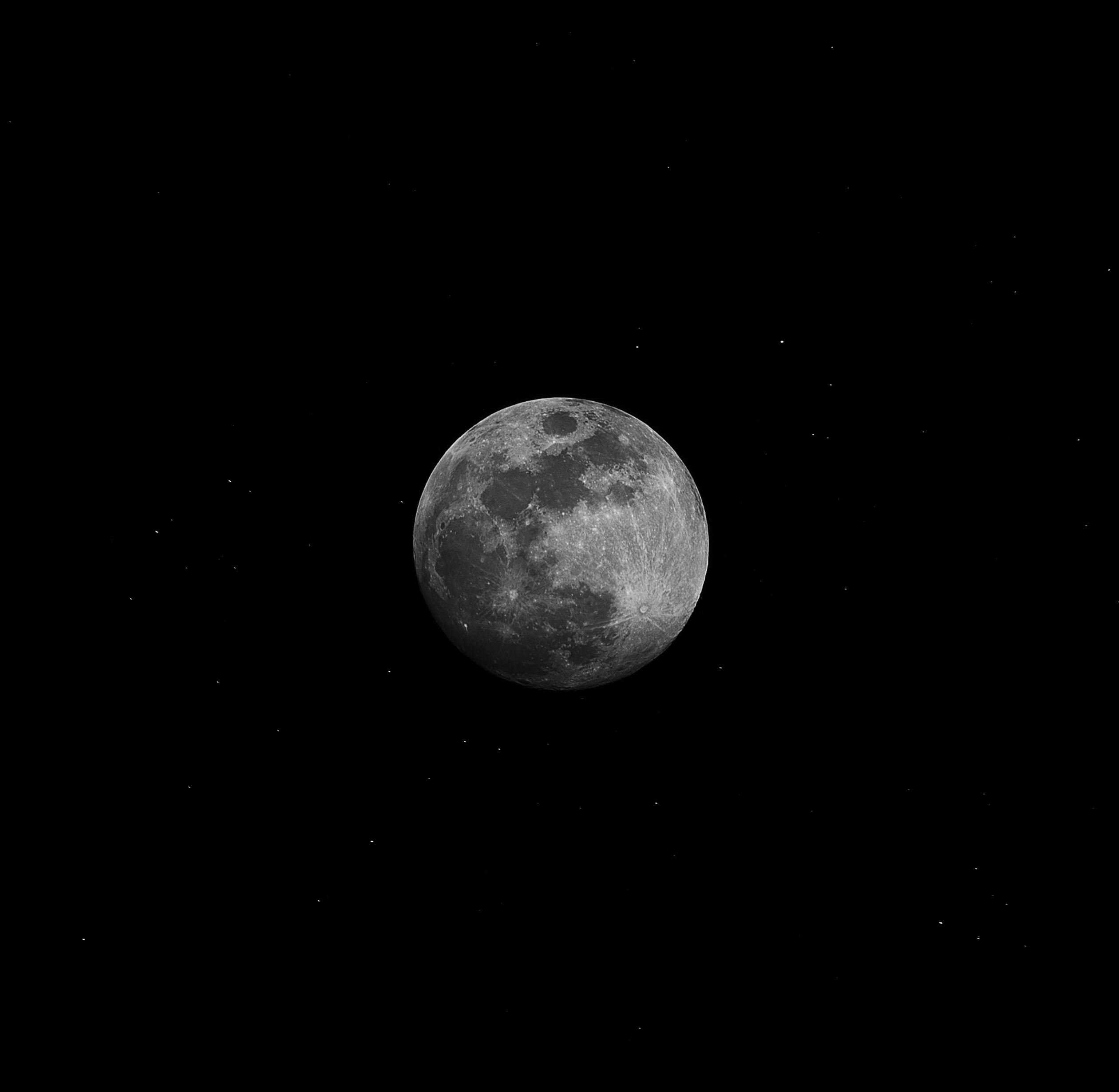The Moon Has Eight Phases
The Moon, Earth’s nearest celestial neighbor, has always held a mystique and fascination for humanity. Its ever-changing appearance has captivated observers throughout history. We often hear phrases like “half moon” or “full moon,” but did you know that the Moon actually goes through eight distinct phases? In this blog post, we will delve into each phase of the Moon, exploring their characteristics and significance.
The Lunar Phases
The Moon’s phases result from the interplay between the Sun, Earth, and Moon. As the Moon orbits Earth, its illumination changes based on its position relative to the Sun and our planet. Let’s explore each of the eight phases in detail:
1. New Moon
During the New Moon phase, the Moon is positioned between the Sun and Earth. As a result, the Moon appears completely dark, and we cannot see it in the sky. This phase marks the beginning of a new lunar cycle. Ancient cultures often associated the New Moon with new beginnings and fresh starts.
2. Waxing Crescent
Following the New Moon, a small sliver of the illuminated side of the Moon becomes visible, creating the Waxing Crescent phase. The illuminated portion of the Moon grows larger each night during this phase. If you look closely, you can sometimes see a faint glow on the unilluminated part of the Moon. Many people consider this phase to symbolize growth and new possibilities.
3. First Quarter
After about a week, the Moon reaches its First Quarter phase. During this phase, exactly half of the Moon is illuminated and visible from Earth. It is called the First Quarter because the Moon has completed roughly one-quarter of its lunar cycle. The First Quarter can often be seen high in the sky during the afternoon or evening, and it marks a significant milestone in the lunar cycle.
4. Waxing Gibbous
In the Waxing Gibbous phase, the illuminated portion of the Moon continues to increase. The term “gibbous” refers to the Moon’s shape, which is more than a half-moon but not quite fully illuminated. During this phase, the Moon becomes more prominent in the evening sky, providing ample light for outdoor activities after sunset.
5. Full Moon
The Full Moon is perhaps the most well-known and awe-inspiring phase of the Moon. It occurs when the Moon is positioned on the opposite side of the Earth from the Sun, resulting in the entire illuminated side being visible to us. The Full Moon illuminates the night sky, casting a beautiful glow and often inspiring wonder and romanticism. Many ancient traditions and celebrations pay homage to the Full Moon.
6. Waning Gibbous
After the Full Moon, the illuminated portion of the Moon begins to decrease, leading to the Waning Gibbous phase. This phase is essentially the reverse of the Waxing Gibbous phase. The Moon still appears relatively full, but it starts to wane. Outdoor enthusiasts might find this phase particularly captivating as it provides excellent illumination for nocturnal activities.
7. Third Quarter
The Third Quarter is another significant milestone in the lunar cycle. During this phase, half of the Moon is once again illuminated, but this time the opposite side from the First Quarter. The Third Quarter is often referred to as a “Last Quarter” since it marks the end of the lunar cycle. This phase is most visible in the early morning hours and gradually diminishes as the day progresses.
8. Waning Crescent
Finally, the Moon enters its Waning Crescent phase, which is the last stage before the next New Moon. During this phase, only a small portion of the Moon appears illuminated, resembling a faint crescent shape. It is a period of transition and anticipation for the next lunar cycle.
The Significance of the Phases
The various phases of the Moon hold cultural, religious, and symbolic significance for many societies and individuals. Throughout history, people have assigned meaning and rituals to each phase. For example:
- New Moons are often associated with new beginnings, setting intentions, and starting projects.
- Full Moons have been linked to heightened emotions, spiritual connections, and ceremonies.
- The Waxing phases are seen as times of growth, progress, and manifestation.
- Waning phases, on the other hand, are associated with release, letting go, and introspection.
Additionally, certain names are given to Full Moons throughout the year. For instance, the Harvest Moon appears closest to the autumnal equinox and historically aided farmers with extended moonlight for their harvest. Blue Moons, on the other hand, describe an additional Full Moon within a calendar month. These names and associations differ across cultures and traditions.
Conclusion
The Moon’s transformative journey through its eight phases offers an incredible spectacle for stargazers and holds immense cultural significance. From the darkness of the New Moon to the radiance of the Full Moon, each phase brings its unique contributions to our understanding of nature and ourselves. So next time you gaze up at the night sky, take a moment to appreciate the Moon’s remarkable journey across these phases, connecting us to the cosmic cycles that shape our world.
Table of Contents
